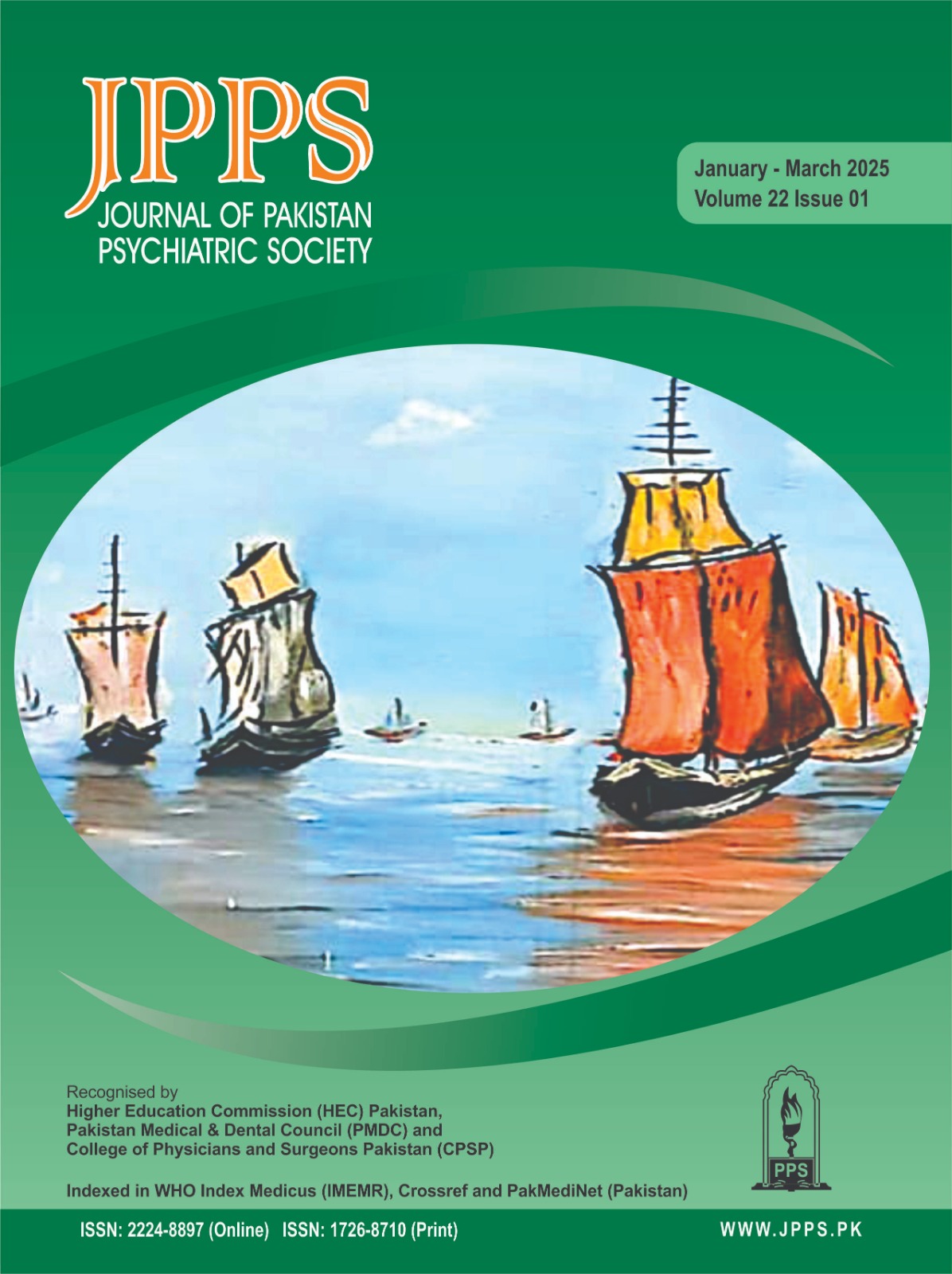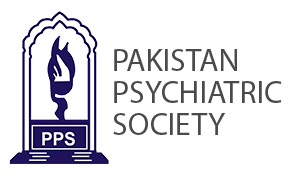CONTEMPORARY MENTAL HEALTH ISSUES IN PAKISTAN: FOCUS ON FORENSIC PSYCHIATRY
Abstract
Mental health in Pakistan faces critical challenges, including cultural stigma, socioeconomic barriers, inadequate healthcare infrastructure, and the psychological toll of conflict. Widespread stigma fosters discrimination and silence, highlighting the need for awareness and education. Economic hardship and limited access to education further exacerbate mental health struggles, while an acute shortage of professionals and facilities hampers care. Youth face growing pressures from academics and social media, necessitating school-based counselling services. Prisons and forensic settings lack proper mental health support, endangering both inmates and public safety. To address these issues, policymakers must prioritise increased funding, widespread mental health screenings, community-based interventions, forensic services, and staff training in correctional facilities. Mobile units and rehabilitation programs should be integrated into public health strategies. This editorial emphasises the urgent need for comprehensive reforms to address the mental health crisis in Pakistan, focusing on systemic improvements and societal change.
Downloads
References
Baillargeon J, Binswanger IA, Penn JV, Williams BA, Murray OJ. Psychiatric disorders and repeat incarcerations: The revolving prison door. Am J Psychiatry. 2009;166(1):103-9.
Fazel S, Hayes AJ, Bartellas K, Clerici M, Trestman R. Mental health of prisoners: prevalence, adverse outcomes, and interventions. Lancet Psychiatry. 2016;3(9):871-81.
World Health Organization. Health in prisons: A WHO guide to the essentials in prison health. Copenhagen: WHO Regional Office for Europe; 2007.
Torrey EF, Kennard AD, Eslinger D, Lamb R, Pavle J. More mentally ill persons are in jails and prisons than hospitals: A survey of the states. Treatment Advocacy Center; 2010.
Kupers TA. Toxic masculinity as a barrier to mental health treatment in prison. J Clin Psychol. 2005;61(6):713-24.
Ogloff JRP, Tye CS. Mental health services in jails and prisons: Legal, clinical, and policy issues. Law Psychol Rev. 2007;31:109-40.
Lamberti JS, Weisman RL, Faden DI. Forensic assertive community treatment: Preventing incarceration of adults with severe mental illness. Psychiatr Serv. 2004;55(11):1285-93.
Kessler RC, Chiu WT, Demler O, Walters EE. Prevalence, severity, and comorbidity of 12-month DSM-IV disorders in the National Comorbidity Survey Replication. Arch Gen Psychiatry. 2005;62(6):617-27.
Prins SJ. Prevalence of mental illnesses in US state prisons: A systematic review. Psychiatr Serv. 2014;65(7):862-72.
Fazel S, Baillargeon J. The health of prisoners. Lancet. 2011;377(9769):956-65.
Ogloff JR, Davis MR. Advances in offender assessment and rehabilitation: Contributions of the risk–needs–responsivity approach. Psychol Crime Law. 2004;10(3):229-42.
Morgan RD, Rozycki TJ, Wilson S. Inmates with mental illness in the prison setting: Addressing ethical issues in the development of screening tools. Prof Psychol Res Pr. 2004;35(5):458-63.
Tele-mental and behavioural health: implications in global context: A hope to meet the needs of the underserved. J Pak Med Assoc [Internet]. 2013 Jun [cited 2025 Mar 4];63(6):668-9. Available from: http://www.jpma.org.pk/PdfDownload/4223.pdf
Ministry of Law and Justice, Government of Pakistan. The Mental Health Ordinance 2001 [Internet]. [cited 2025 Mar 4]. Available from: https://pakistancode.gov.pk/english/UY2FqaJw1-apaUY2Fqa-cp%2BUY2Fu-sg-jjjjjjjjjjjjj
Copyright (c) 2025 Journal of Pakistan Psychiatric Society

This work is licensed under a Creative Commons Attribution-NonCommercial 4.0 International License.
Copyright © JPPS. Published by Pakistan Psychiatric Society
Licensing: This work is licensed under Creative Commons Attribution-NonCommercial 4.0 International License
Readers may “Share-copy and redistribute the material in any medium or format” and “Adapt-remix, transform, and build upon the material”. The readers must give appropriate credit to the source of the material and indicate if changes were made to the material. Readers may not use the material for commercial purposes. The readers may not apply legal terms or technological measures that legally restrict others from doing anything the license permits.






.png)









